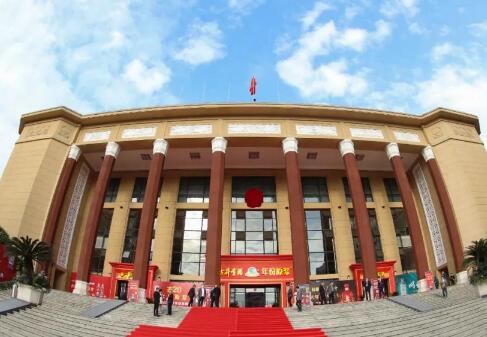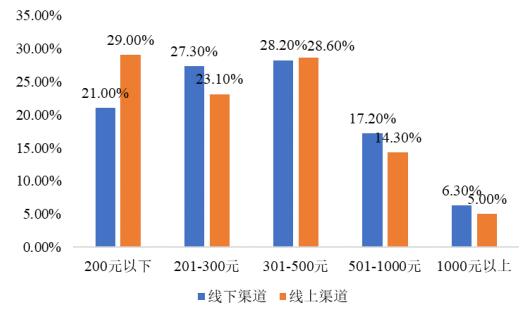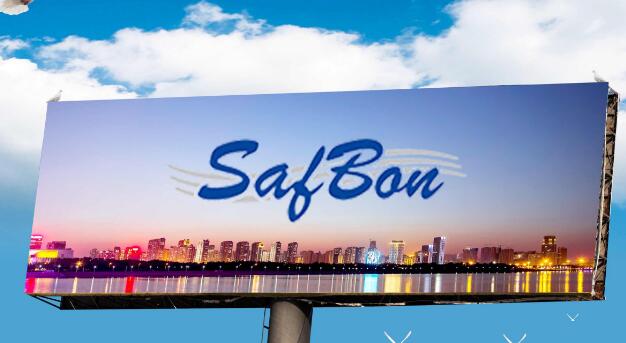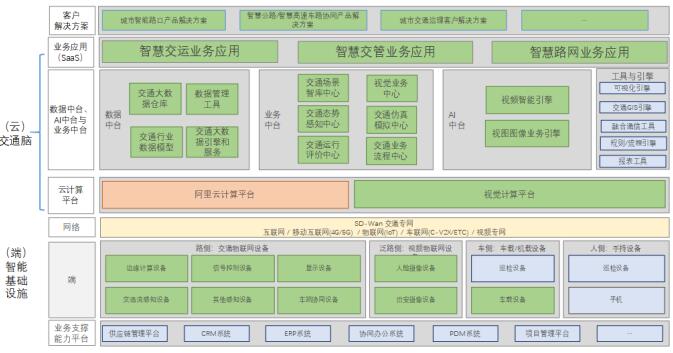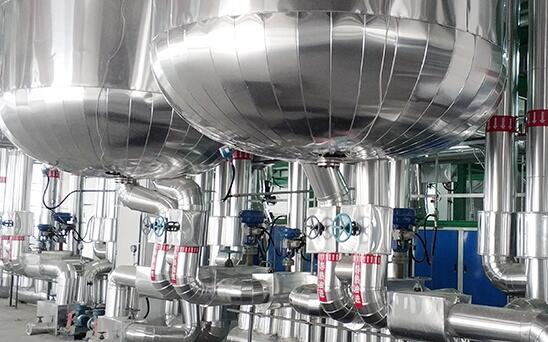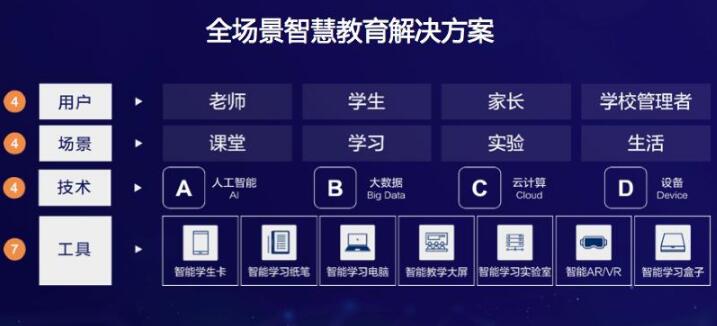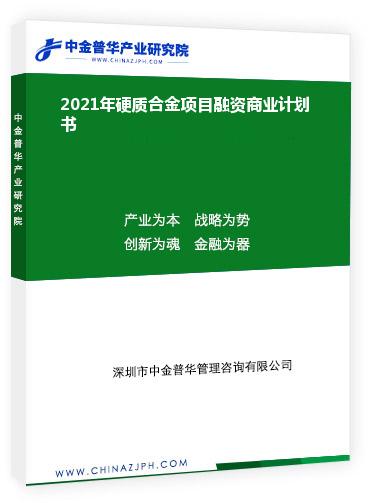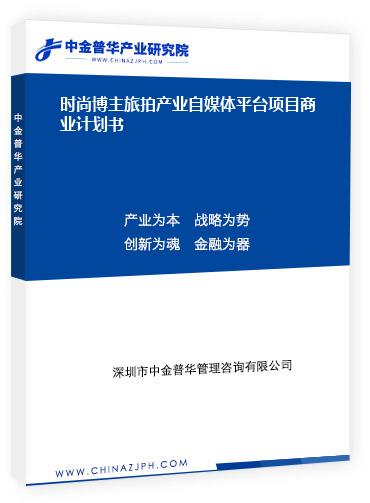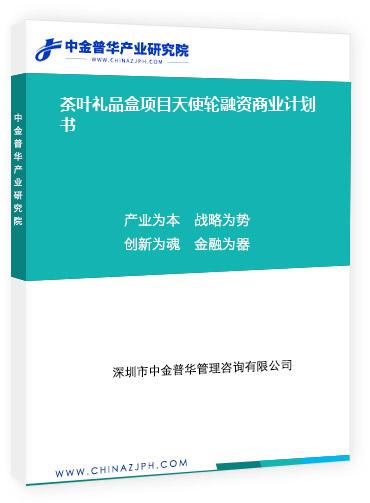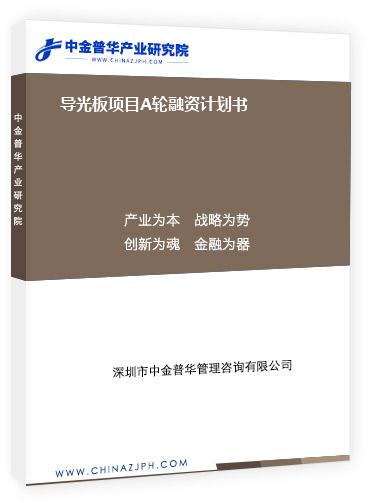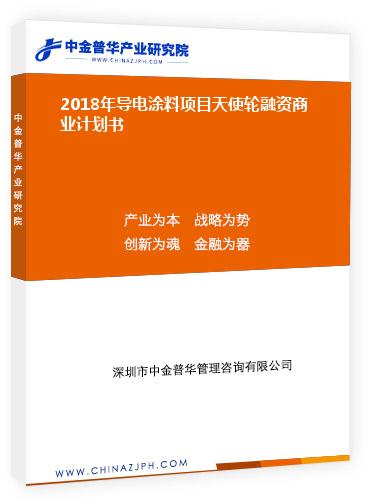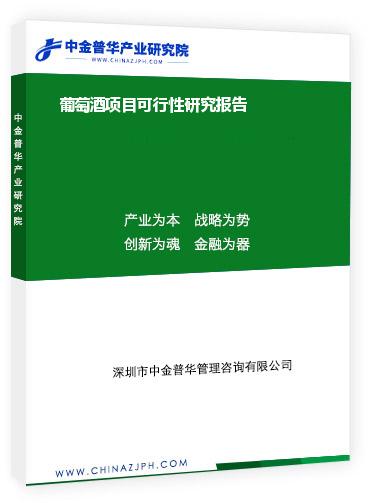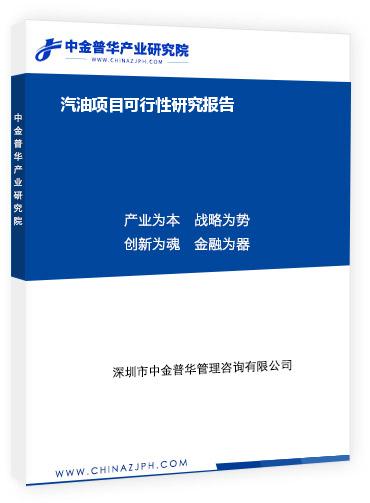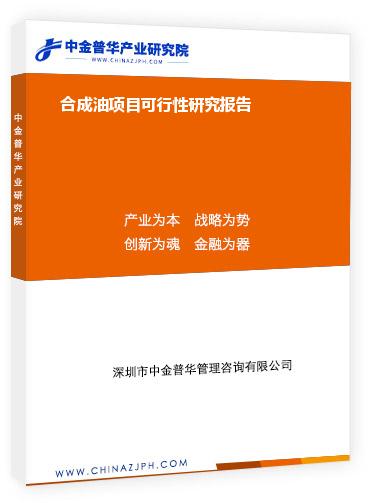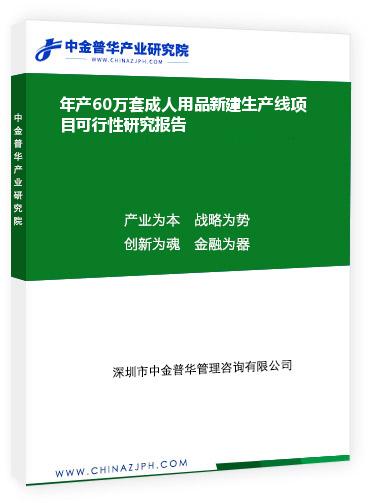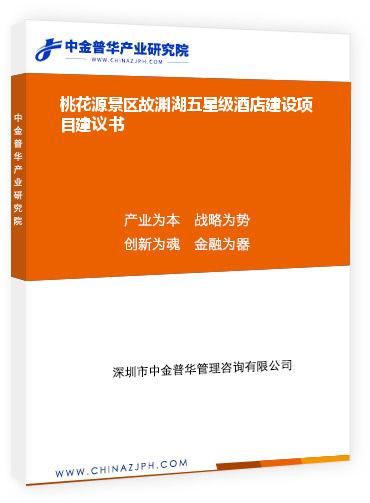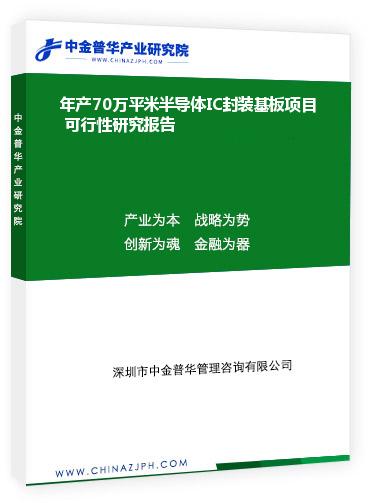南非豐巴工業園區建設項目可行性研究報告-境外項目英文版本
Chapter I General
1.1 Project Background and Origin
1.1.1 Zanzibar Island Industry Background
Zanzibar is made up of the main islands of Unguja and Pemba, Zanzibar is on the island of Anguja, and Zanzibar is mainly Zanzibar. Zanzibar is one of the most beautiful islands in the world, and it is set in the serene waters of the Indian Ocean like a gem.
Zanzibar is made up of more than 20 small islands. It was originally an independent country in Africa. It joined Tanzania in 1964, in the western part of the Indian Ocean, in the southwest of Brazil. The island is famous for producing cloves, accounting for the world's clove sales. The 4/5, known as the "world's most fragrant land" and "Xiangdao", is a famous tourist destination in Africa.
In terms of the industrial situation in Zanzibar, the main sources of income are spices, seafood, manufacturing and tourism, while Sanjiba is the trade center of Tanzania and has important entrepot trade. The island economy now depends on agriculture and fisheries.
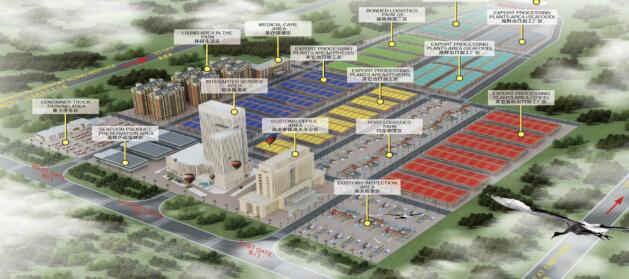
1.1.2 Reasons for project initiation
It is in this industry background that ZIPA and Weihai Huatan Supply Chain Management Co., Ltd. chose to establish a joint venture to build the Zanzibar Fumba Industrial Park Construction Project (hereinafter referred to as the “Project”).
The development goal of the project is to: 101 hectares of land is the leading and core area, leveraging the strength of ZIPA and Weihai Huatan Supply Chain Management Co., Ltd., focusing on global trade in spices, seafood (primary, deep, fine processing), through resource integration, policy Guide and government support, establish a real, feasible, modern scale, most characteristic, most influential and most contributing industrial park in the whole industry chain of spices and seafood international trade. project.
1.2 Project Overview
1.2.1 Project Name
Zanzibar Fumba Industrial Park Construction Project
1.2.2 Project organizer
Weihai Huatan Supply Chain Management Co., Ltd. and ZIPA form a joint venture
1.2.3 Total land acquisition area of the project
The project covers an area of about 101 hectares and mainly constructs four functional areas of “one core and four zones”:
1.2.4 Main Structure Planning
The total planned land area of the project is 1,010,000.05 square meters, and the total construction area is 1,154,809.05 square meters (including the volume of the logistics square, etc.).
The comprehensive plot ratio is 1.05, the building coefficient is 51%, and the green rate is 15% (occupying the road within the planned land). :
(a) Spice and seafood products service area
The spice and seafood product service areas mainly cover spice export processing plants, seafood export processing plants, other export processing zones, and seafood preservation areas:
1. Perfume export processing factory: covering an area of 77,634.76㎡ and a building area of 77,634.76㎡, totaling six buildings with a height of 8.5 meters;
2. Seafood export processing factory: covering an area of 81,720.80㎡ and a building area of 81,720.80㎡, totaling six buildings with a height of 8.5 meters;
3. Other export processing zones: covering an area of 102,151.00㎡ and a building area of 102,151.00㎡, totaling 12 buildings with a height of 8.5 meters;
4, seafood product preservation area: covers an area of 65,376.64 ㎡, construction area of 65,376.64 ㎡, a total of three, the height of 8.5 meters.
(b) Integrated service area
The comprehensive service area mainly covers the comprehensive service building, customs declaration and customs clearance building, bonded logistics area 1, bonded logistics area 2, fire station:
1. Comprehensive service building: covering an area of 28,000.00㎡, building area of 107,600.00 ㎡, podium, 2nd floor of the hotel conference hall (33600㎡). 12th floor of the first building (50000㎡), 8th floor of the second building (24000㎡);
2. Customs declaration and customs clearance building: covering an area of 19,600.00 ㎡ and a building area of 72,800.00 ㎡, eight floors;
3. Bonded logistics area: covers an area of 40,860.40㎡ and a building area of 40,860.40㎡, with a total of four buildings and a height of 8.5 meters;
4. Bonded Logistics Zone 2: Covering an area of 40,860.40㎡ and a building area of 40,860.40㎡, with a total of five buildings and a height of 8.5 meters;
5. Fire station: covers an area of 22,471.00㎡, with a building area of 8,800.00㎡, two-story, steel-concrete structure.
(c) Logistics area (excluding volume and building density)
The logistics area mainly includes customs inspection area, port logistics area, and card parking area:
1. Customs inspection area: covers an area of 149,821.52㎡;
2. Port logistics area: covers an area of 249,702.53㎡;
3. Card parking area: covers an area of 99,881.01㎡.
(d) Living facilities
The living area includes a leisure living building and a health care building:
1. Leisure life building: covering an area of 22,400.00㎡, building area of 43,200.00㎡, six floors, glass curtain wall structure;
2, medical care: covers an area of 9,520.00㎡, building area of 14,400.00㎡, three-story, glass curtain wall structure.
Table of Contents
Table of Contents 1
Chapter I General 8
1.1 Project Background and Origin 8
1.1.1 Zanzibar Island Industry Background 8
1.1.2 Reasons for project initiation 8
1.2 Project Overview 9
1.2.1 Project Name 9
1.2.2 Project organizer 9
1.2.3 Total land acquisition area of the project 9
1.2.4 Main Structure Planning 10
(a) Spice and seafood products service area 10
(b) Integrated service area 11
(c) Logistics area (excluding volume and building density) 11
(d) Living facilities 11
(e) Major construction economic indicators 12
1.2.5 Project product scale 14
1.2.6 Project investment scale and fund raising 14
(a)Project investment scale 14
(b)Fund raising plan 15
1.2.7 Project proposed address 15
1.2.8 Construction nature 16
1.2.9 Construction period 16
1.3 Overall description of the project 17
1.3.1 Currently plagued by the Tanzania Industrial Park 17
1.3.2 Core value of the project 17
1.4 Project research scope 19
1.5 Reporting principles 19
1.7 In conclusion 20
Chapter II Necessity and Feasibility of the Project 22
2.1 Necessity of the project 22
2.1.1 The construction of the project is conducive to solving the problem of the backward hardware of Zanzibar’s international trade 22
2.1.2 The construction of the project is conducive to solving many problems in the international trade industry in Zanzibar 23
2.1.3 The construction of the project is conducive to supporting the establishment of an effective logistics market in Zanzibar 26
2.1.4 The construction of the project is conducive to enhancing the competitiveness of Zanzibar’s international trade enterprises 28
2.1.5 The construction of the project will help increase the tax revenue of the Zanzibar government 29
2.1.6 The construction of the project is conducive to increasing local employment and reducing unemployment rate 30
2.2 Project feasibility 30
2.2.1 It is feasible for the project international trade enterprises to settle in (investment) 30
2.2.2 Development and construction mode, reasonable support for project feasibility 34
2.2.3 Significant economic benefits support the project feasible 35
Chapter III Industry and Market Analysis 38
3.1 Natural Spice Market Analysis 38
3.1.1 Global Spice Industry Analysis 38
3.1.2 China's natural flavors macro market summary 39
3.2 Seafood industry and market analysis 41
3.2.1 Global seafood industry analysis 41
(a)Overall increase in output and gradual optimization of industrial structure 41
(b) Transformation of growth mode to resource conservation 41
(c)The production of marine aquaculture continues to increase, and the development of different regions is obviously different 42
(d)Trade consumption pattern 43
(e)Developing countries become major investment hosts 44
(d)The investment field is expanding and the investment subject has a diversified trend 45
3.2.2 Seafood market prospects 45
Chapter IV General Ideas for the Planning and Construction of Industrial Parks 47
4.1Park construction goals, ideas, strategies and basis 47
4.1.1 Park construction goal 47
4.1.2 Park construction ideas 47
4.1.3 Park construction strategy 47
4.2 Industrial park function planning 48
4.2.1 Industrial park function planning principle 48
4.2.2 Industrial park function planning 48
4.3Park supporting infrastructure planning 52
4.3.1 Basic infrastructure layout 52
4.3.2 Park Road Traffic Infrastructure Planning 53
4.3.3 Park power facility planning 53
4.3.4 Park Communication Engineering Planning 56
4.3.5 Water supply and drainage engineering 57
Chapter V Introduction to Project Construction Scale and Business Model 59
5.1 Project construction scale overview 59
5.2 Functional planning 59
5.2.1Function introduction of spice and seafood product service area 59
5.2.2 Integrated service area 59
5.2.3 Logistics area 60
5.2.4 Living area 60
5.3 Construction indicators for each period 60
5.3.1 Phase I building indicators 60
5.3.2 Phase II building indicators 62
5.3.3 Phase III building indicators 62
5.4 Service business model 63
5.4.1Business model overview 63
5.4.2 Mode advantage 64
Chapter VI Circular Economy and Energy Saving and Water Saving Measures 66
6.1 Design principles and basic requirements 66
6.1.1Green design principle 66
6.1.2Principle of optimal use of resources 66
6.1.3 Minimum energy consumption principle 66
6.1.4 Zero pollution principle 67
6.1.5 Advanced technology principle 67
6.1.6 Strengthen control management and save energy 67
6.2 Green building design measures 67
6.2.1 Planning 67
6.2.2 Building 68
6.2.3 Structure 69
6.2.4 Water supply and drainage 69
6.2.5 Ventilation and air conditioning 70
6.2.6 Ventilation and air conditioning 70
6.2.7 landscape 72
6.3 Energy saving measures 72
6.3.1 Adopt new energy-saving technologies and new processes 73
6.3.2 Public works energy saving measures 73
6.3.3 Building energy saving measures 73
6.3.4 Other energy saving measures 74
6.4 Water saving plan 74
6.4.1 Rainwater utilization plan 74
6.4.2 Water saving measures 75
Chapter VII Environmental Impact Assessment 76
7.1 Environmental evaluation basis and implementation standards 76
7.2 Site environment status 76
7.3 Environmental impact of project construction and operation process 76
7.3.1Project construction period 76
1、Ambient air impact analysis 77
2、Water environmental impact analysis 77
3、Acoustic environmental impact analysis 78
4、Environmental impact analysis of solid waste 78
7.3.2 Project operation period 78
1、Ambient air impact analysis 79
2、Water environmental impact analysis 79
3、Acoustic environmental impact analysis 79
4、Environmental impact analysis of solid waste 79
7.4 Environmental protection measures and treatment plans 80
7.4.1 Environmental protection measures during the construction period of the project 80
1、Waste gas and dust pollution control environmental protection measures 80
2、Sewage environmental protection measures 81
3、Noise environmental protection measures 81
4、Solid waste environmental protection measures 82
7.4.2 Environmental protection measures during operation period 83
1、Air pollution environmental protection measures 83
2、Sewage treatment environmental protection measures 83
3、Noise pollution environmental protection measures 83
4、Solid waste environmental protection measures 84
7.5 Environmental impact assessment conclusion 84
Chapter VIII Project Investment Estimation 85
8.1Basis of investment estimation 85
8.1.1 Investment estimate range 85
8.1.2 Investment estimate reference range 85
8.2Total investment estimate 85
8.2.1Construction investment estimate 85
(a)Construction cost 86
(b)Equipment purchase fee (installation engineering cost) 87
(c)Engineering and other expenses 88
8.2.2 Total project investment 90
8.3 Investment status of each period of the project 91
8.3.1 Project investment amount 91
8.3.2 Project Phase II Investment Amount 91
8.3.3 Project Phase III Investment Amount 92
8.4 Project implementation progress 92
Chapter IX Financial Accounting 95
9.1Basic data and parameter selection 95
9.2 Basis of preparation 96
9.3Income calculation 96
9.3.1 Rental fee 96
9.3.2 Project other service income 97
9.3.3 Total project income 97
9.4Sales tax and surcharge 97
9.5 Cost accounting 97
9.5.1 Purchased raw materials and power 97
9.5.2 Depreciation of fixed assets and amortization of intangible assets 98
9.5.3 Staff wages and benefits 98
9.5.4 Repair fee 98
9.5.5Financial expenses 98
9.5.6 Management costs 100
9.5.7 Sales expense 100
9.5.8 Supply chain financial service management fee 101
9.5.9 Total cost 101
9.6 Profit accounting 101
9.7Financial evaluation analysis 102
9.7.1 Profitability Analysis 102
9.7.2 Financial internal rate of return 104
9.7.3Financial net present value FNPV 105
9.7.4 Project investment payback period Pt 105
9.7.5 Total return on investment (ROI) 106
9.8 Financial viability analysis 106
9.9 Uncertainty analysis 106
9.9.1 Breakeven point analysis 106
9.9.2 Sensitivity analysis 107
9.10 Evaluation conclusion 108
Chapter 10 Project Risk Analysis 109
10.1 Construction risk 109
10.2 Market risk 110
Chapter XI Summary of Comprehensive Evaluation 111
免責聲明:
1、本站部分文章為轉載,其目的在于傳遞更多信息,我們不對其準確性、完整性、及時性、有效性和適用性等作任何的陳述和保證。本文僅代表作者本人觀點,并不代表本網贊同其觀點和對其真實性負責。
2、中金普華產業研究院一貫高度重視知識產權保護并遵守中國各項知識產權法律。如涉及文章內容、版權等問題,我們將及時溝通與處理。


